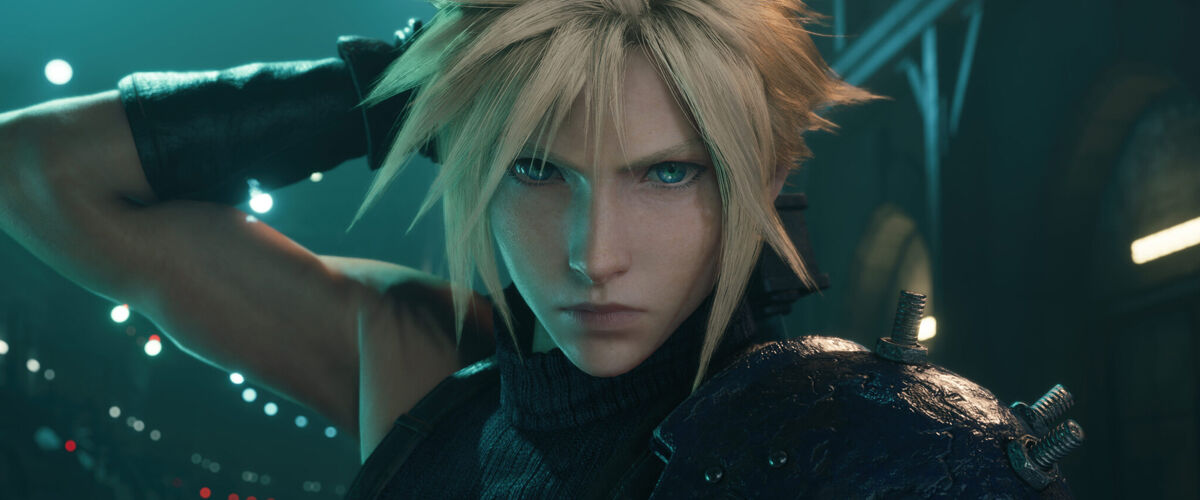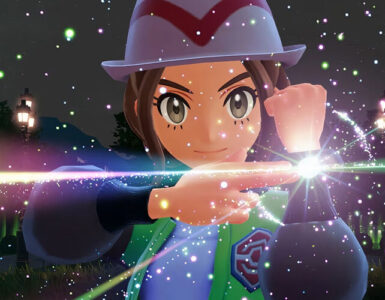This interview has been edited for clarity.
As an enduring classic, Final Fantasy VII (FFVII) is the logical choice to be zinged up for the modern crowd. The first in the massive cult video game series to introduce full motion video and 3D computer graphics, the 1997 darling is credited for popularising the JRPG genre worldwide and remains one of the most influential video games of all time, spawning enhanced ports on various platforms, a multimedia subseries, and, most recently, a high definition remake trilogy.
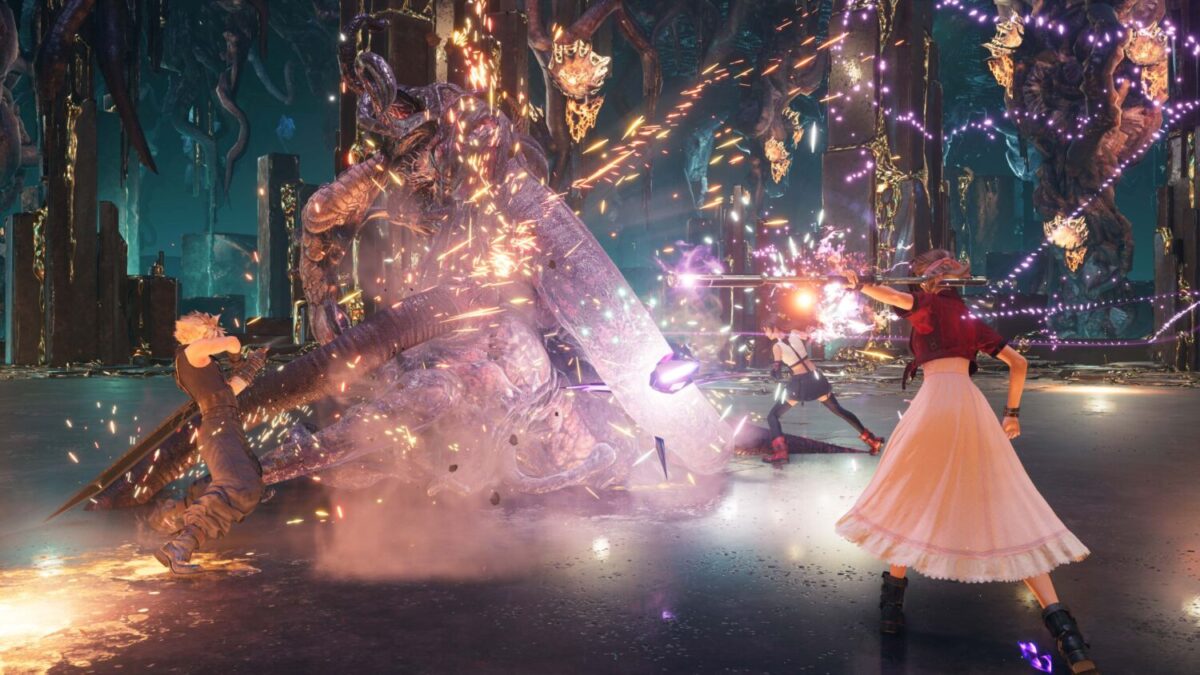
It’s been five years since the first part of Final Fantasy VII Remake, but the story of Cloud Strife and his friends looks set to unravel again on a new platform – the Nintendo Switch 2. Instead of the base game, it’ll be a port of FFVII Remake Intergrade, an enhanced version for the PlayStation 5 (PS5) released a year later that includes a bonus adventure starring Yuffie Kisaragi, with a new Streamlined Progression feature in tow, giving the option to simply gameplay significantly, from the ability to inflict 9,999 damage with every attack and constantly maxed-out HP and MP, to unlimited access to most items.
The God Mode-like addition can be toggled on and off, joining other existing difficulty scalers like the Head Start Mode, granting access to a pre-powered-up inventory, level 45 characters, corresponding skill points, 50,000 gil, and more when starting a new save, to accommodate different play styles and user preferences. In a group interview with director Naoki Hamaguchi ahead of Tokyo Game Show 2025, he confirms there are plans to bring it to the PlayStation 5 and PC versions, though a date cannot be confirmed, as the team is “currently focused on developing Part 3 of the Remake series”.
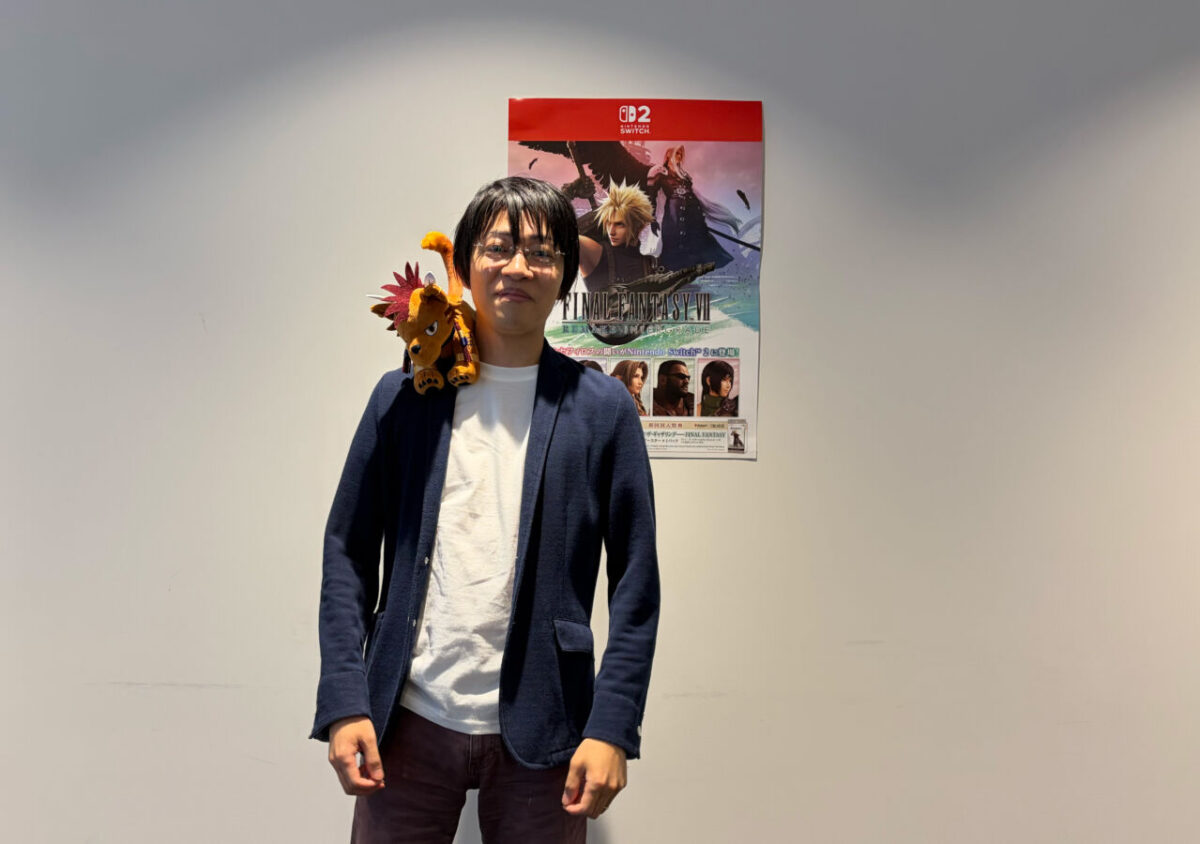
Outside of that, the core experience remains largely unchanged. Amid the technical challenges of porting a title with such a big file size (95GB on the PS5 and 100GB on Steam) and plenty of particle effects over to the Switch 2, one of the most important considerations was to preserve the character’s expressions, primarily determined by the lighting, without taxing the console too much. The fog and post effects, then, became the main basis for optimisation.
“If we limit the processing for the lighting, this is going to impact the player’s experience in terms of how they perceive the character expressions, which we felt was vital,” explains Hamaguchi. “And so, we took the route of making sure that, in terms of lighting and ensuring that these character expressions are intact, this is going to be aligned with the PlayStation versions. We balance this by optimising the fog and post effects to avoid undue strain on the console.”
The result is a surprisingly smooth performance in both handheld and docked modes, as observed in a separately held hands-on preview for FFVII Remake Intergrade. While there wasn’t an opportunity to check out Cloud and Barrett’s expressions in close-up detail, switching between the duo in the fight against the Scorpion Sentinel boss at the Mako Reactor proved seamless, with little to no signs of latency.
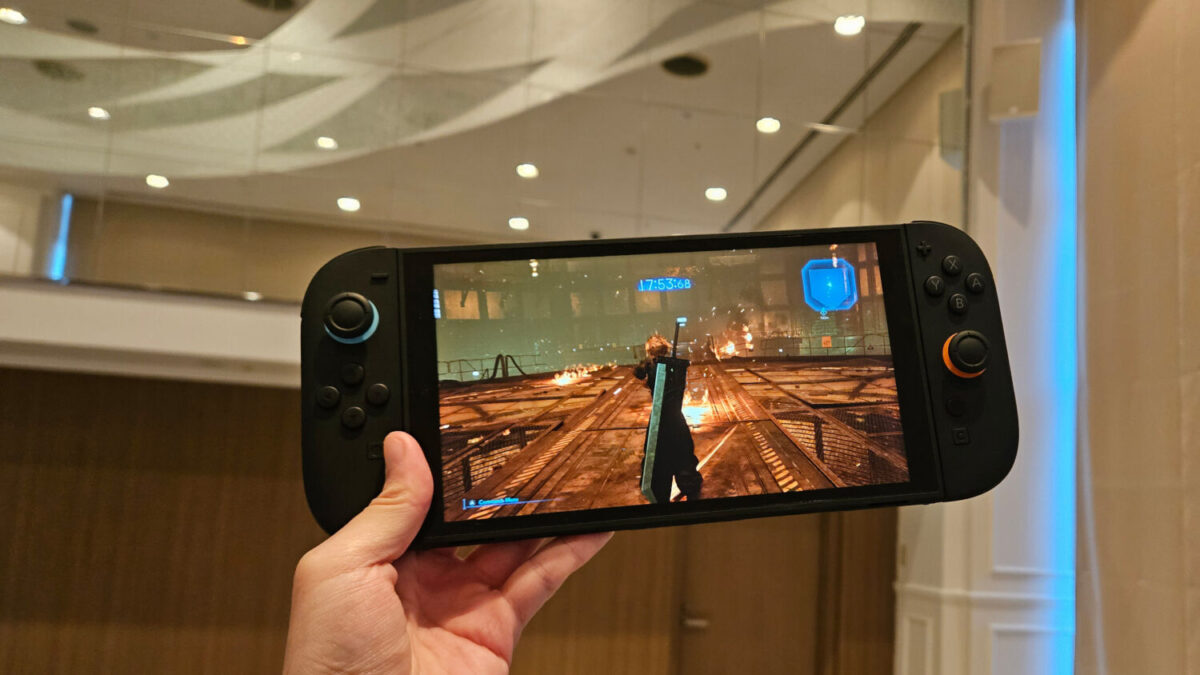
Movement, be it shooting from a distance or chaining combos with the Buster Sword, is as dynamic as one would remember, and more bombastic set pieces, such as when the Scorpion Sentinel summons a salvo of tiny missiles or brings down the EM Field, still retain their flourish. Barring the occasional frame rate drops during heavy particle load, the Switch 2 port runs more than decently, and the console is warm, but not hot, to the touch, contrary to expectations.
According to Hamaguchi, the other ingredient for successful implementation boils down to the controversial key card, which doesn’t contain full game data and is a key to download the game, and it’s not for the reason most think. Final Fantasy VII Remake Intergrade requires 64GB of storage on Nintendo’s latest device, making it seem like the determining factor for this treatment, except the real answer lies in the faster loading speeds that key cards offer.
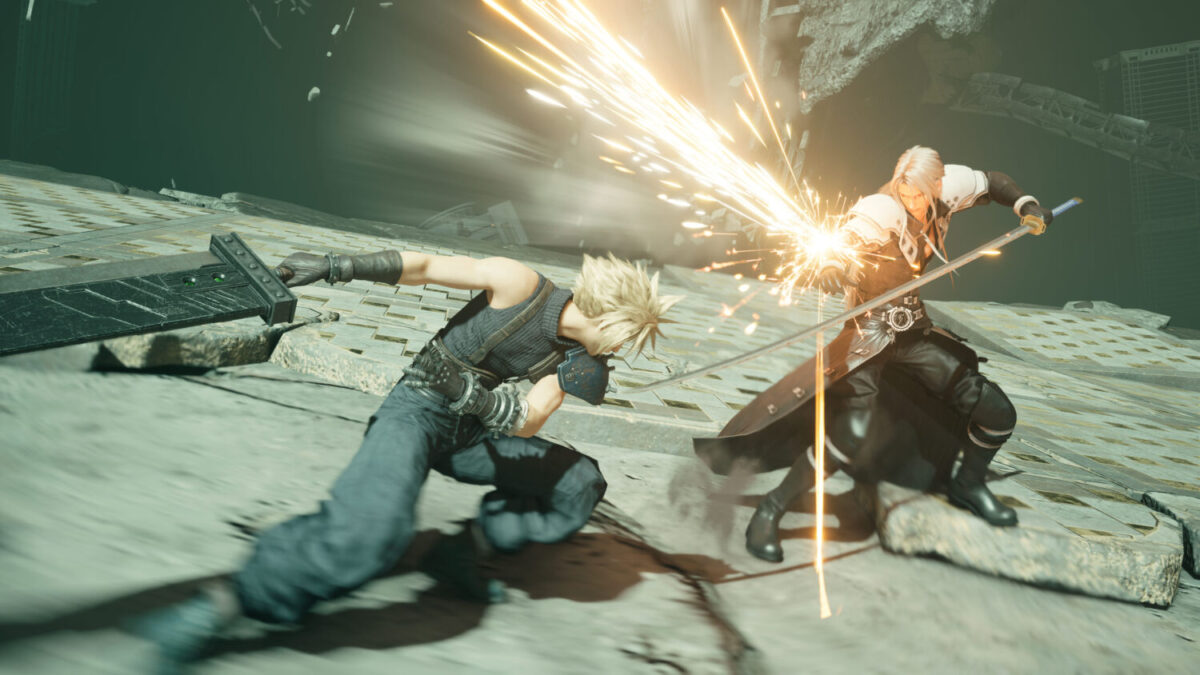
“To answer that, instead of the storage size of the cartridge, it was actually more about the loading speed, in that when working with a more high-end or high-spec game, such as this one, the loading speed wasn’t sufficient, so that’s the primary reason for choosing the key card over the cartridge this time,” he clarifies.
Assuring fans that development for Part 3 and the rest of the Remake series hasn’t been affected by working on the port, the 44-year-old also gives some insights into the Nintendo approach, starting with the younger audiences that their titles attract.
“The player base for Nintendo games themselves is a younger crowd, so we wanted to reach out to these players. With Sephiroth and Cloud entering the Super Smash Bros. Ultimate roster, I think a lot of them are quite familiar with the characters in the franchise.”
Hamaguchi adds, “I hope to continue supporting this so that players can not only get to know Final Fantasy VII, but we’ll be an entryway into the rest of the Final Fantasy franchise as well.”
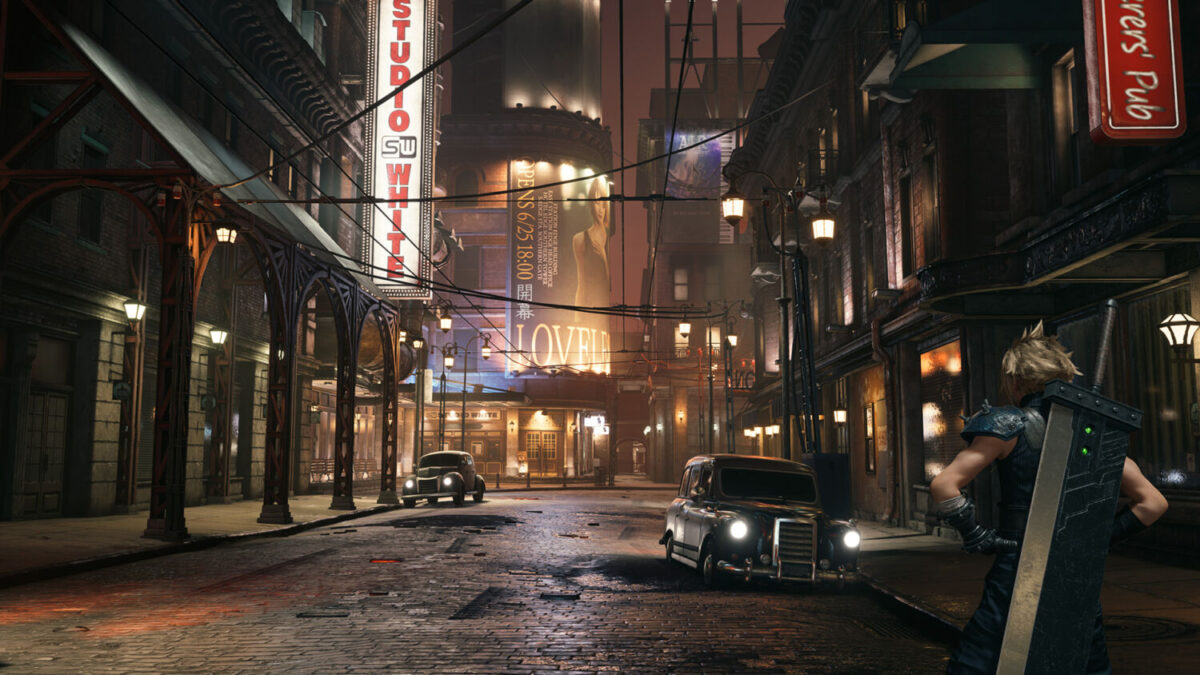
For now, the trilogy’s future on the Switch 2 looks to be bright. Square Enix has announced that all three instalments – currently comprising Remake and 2024’s FFVII Rebirth – will eventually come to the console, and hopefully, there’s more to come.
“My personal thoughts on this are that this is only the beginning, and certainly not the end in terms of partnerships for Nintendo,” he reveals, “For this title, I’m very much hopeful and wanting to strive towards a much continuous, stronger partnership”.
FFVII Remake Intergrade hits the Nintendo Switch 2 and Xbox Series X|S on 22 January 2026.

